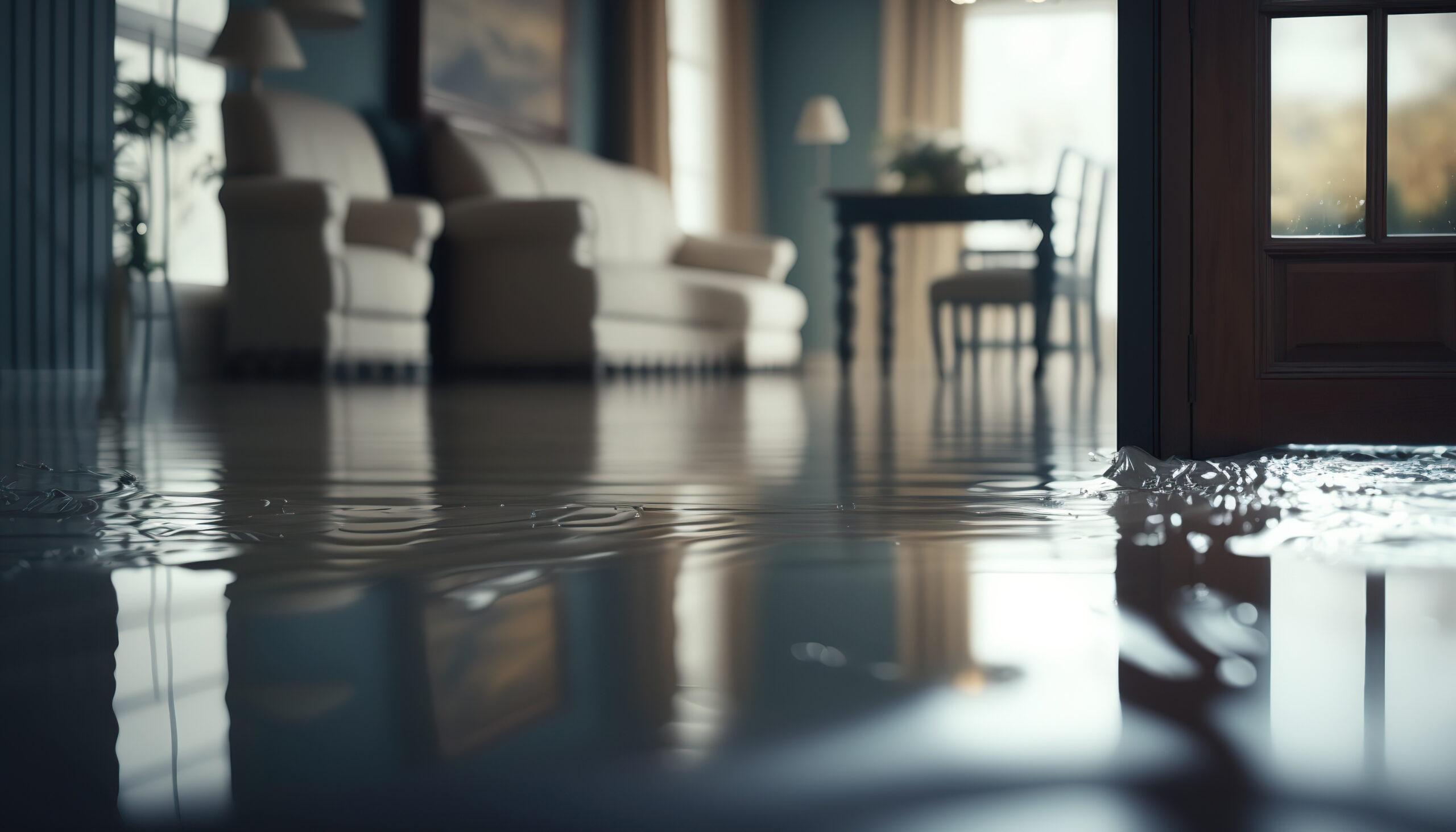
The Science Behind Effective Water Damage Cleanup Oct 12, 2025
When water damage strikes, time is of the essence. Quick action can significantly reduce the extent of damage and costs. The first step in effective water damage cleanup is understanding the type of water involved. Water contamination is classified into three categories: clean water, gray water, and black water. Clean water, originating from sources like broken pipes or rainwater, poses the least risk. Meanwhile, gray water, which might contain detergents or residues from appliances, carries medium risk. Black water, often resulting from sewage overflow, poses significant health risks, necessitating prompt and thorough remediation.
Once the source of water is identified, the next phase involves thorough extraction. High-powered pumps and vacuum systems are indispensable tools used by professionals to remove standing water quickly and efficiently. This is crucial to preventing further damage and reducing the drying time.
After all visible water is removed, addressing hidden moisture becomes the priority. This stage is where the science of psychrometry comes into play. Psychrometry involves assessing the air and its moisture levels to determine the extent of hidden water damage. Tools like moisture meters and hygrometers are used to detect moisture levels in walls, floors, and ceilings. This step ensures that no hidden pockets of moisture are left untreated, as these can lead to mold growth.
Mold poses a significant health risk and can grow within 24 to 48 hours in a moist environment. Effective remediation involves controlling the indoor environment with advanced equipment such as air movers and dehumidifiers. Air movers accelerate the evaporation process, while dehumidifiers extract moisture from the air, helping to lower humidity levels to a safe range. This combination effectively dries out the affected area, helping to prevent mold and mildew.
Throughout this process, maintaining optimal indoor environmental conditions is critical. Professionals monitor the affected areas continuously, making adjustments as necessary to ensure effective drying. It’s not simply about removing water; it’s about restoring the environment to its pre-damage state and staying ahead of potential secondary damage.
Once drying is complete, a comprehensive cleaning and sanitization protocol follows. This includes the use of antimicrobial and sanitizing agents to clean surfaces and eliminate pathogens, especially in cases involving gray or black water. Any materials or items that cannot be thoroughly cleaned or restored are disposed of properly, ensuring a safe and hygienic environment.
Finally, EFS Water Restoration LLC and other experts conduct a detailed final inspection. This step ensures that the moisture content of building materials and the humidity levels of the affected areas are within acceptable ranges. This attention to detail not only ensures the space is safe and restored but also provides peace of mind for the property owner.
In conclusion, effective water damage cleanup combines the science of water extraction, psychrometry, and sanitation. By understanding and implementing these techniques, restoration professionals ensure a comprehensive approach to water damage mitigation. Should you face the unfortunate event of water damage, trust the expertise of experienced professionals to restore your property quickly and efficiently, safeguarding both your investment and your health.
/filters:no_upscale()/filters:format(webp)/media/a86b721c-c070-455d-83bd-4dde3d7acba5.jpeg)
/filters:no_upscale()/filters:format(webp)/media/eda9a8f2-ebb5-4437-abb1-319b1eb3b5ea.webp)